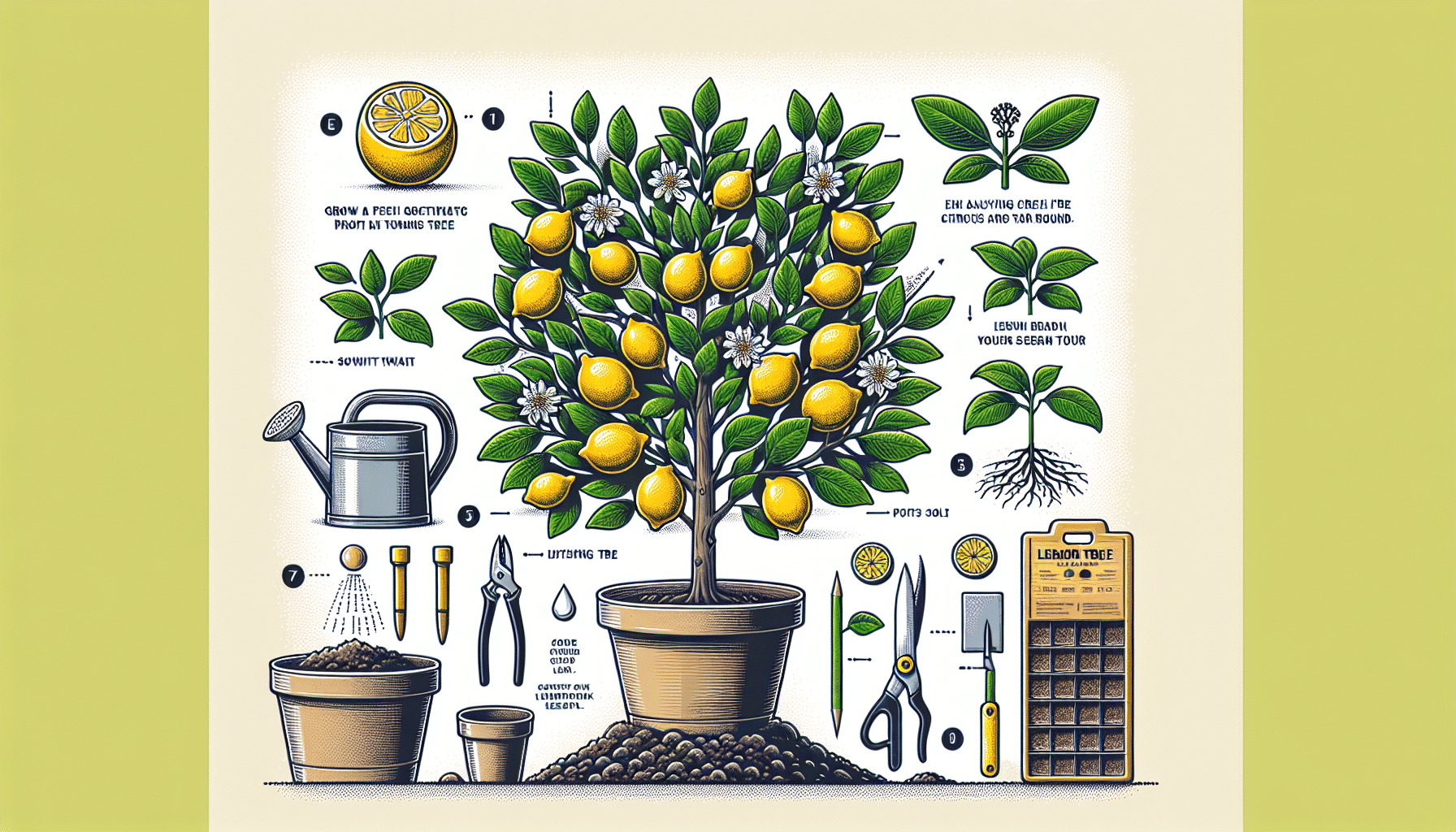Cultivating a lemon tree indoors has become an increasingly popular activity among gardening and cooking enthusiasts. The idea of harvesting fresh and aromatic citrus fruits all year round is especially appealing, although it requires specific care and conditions to ensure their well-being and production.
The first step in embarking on this adventure is choosing the right variety. Dwarf varieties, such as ‘Improved Meyer’, are ideal for cultivation in small spaces, given their compact size, which fits perfectly in pots. These varieties are not only visually appealing, but also offer fruits that are a cross between a lemon and an orange, providing a sweet and juicy flavor.
Light is one of the most critical factors for the development of lemon trees. It is recommended to place the plant in a position where it receives between 10 and 12 hours of light daily. If natural light is insufficient, grow lights can be installed, which mimic sunlight and help keep the plant healthy, promoting flower and fruit production.
Temperature also plays an essential role. Lemon trees thrive in warm conditions, with an ideal temperature ranging between 20 and 25 degrees Celsius. It is advisable to avoid cold drafts and not expose the plant to temperatures below 10 degrees, as this can harm its growth and production.
Watering is another key to success in cultivation. These trees require regular watering, but it is essential to avoid excess water that could lead to waterlogging. The best practice is to check the moisture of the soil: if the top couple of centimeters are dry, it’s time to water. During the active growth period, which spans spring and summer, more frequent watering may be necessary.
The type of substrate is equally important. It is recommended to use a potting mix that ensures good drainage, adding perlite or sand to prevent water accumulation. This measure is crucial to prevent root problems, which can lead to diseases.
Fertilization is also essential to promote growth and fruiting. It is recommended to use a citrus-specific fertilizer that contains the necessary nutrients, especially nitrogen, phosphorus, and potassium. The ideal application would be every four to six weeks during the active growth months.
Lastly, pollination can pose a challenge in indoor environments, as pollinating insects are not always available. An effective technique is to gently shake the flowers with a brush or fingers, which helps facilitate pollination and increase the likelihood of fruiting.
With proper care, a lemon tree grown indoors will not only beautify any home but also provide fresh and flavorful lemons, enhancing the quality of dishes in which they are used. This activity thus becomes a satisfying pastime that offers the rewarding experience of harvesting what one has grown.
via: MiMub in Spanish











